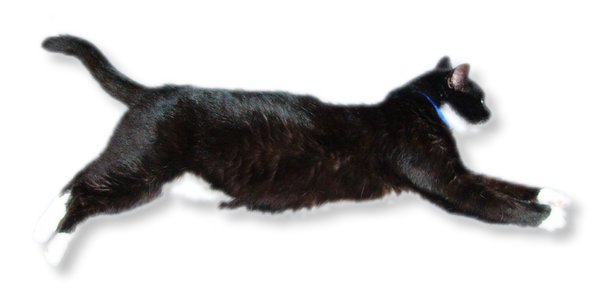
Cat litter and litter boxes play a critical function in the lives of both cats and their owners. From the simple starts of sand and soil to the ingenious advancements of today, the world of cat litter has developed considerably. In this thorough guide, we look into every element of cat litter and litter boxes, exploring their history, types, advantages, obstacles, and everything in between.
The history of cat litter dates back centuries, with ancient civilizations using sand, soil, and even ashes as primitive litter materials. Nevertheless, it wasn't until the mid-20th century that modern cat litter as we understand it emerged. In 1947, Edward copyright introduced the world's first commercial cat litter made from absorbent clay, revolutionizing the way cats relieved themselves indoors. Because then, cat litter has undergone many improvements, with the intro of clumping litter, silica gel litter, eco-friendly alternatives, and more.
Today, feline owners are ruined for choice when it comes to selecting the right litter for their feline buddies. Standard clay litter stays popular for its cost and effectiveness in absorbing odors. Clumping litter, which forms strong clumps when wet, streamlines cleansing and maintenance. Silica gel litter, composed of extremely absorbent silica crystals, uses exceptional odor control and durability. Eco-friendly choices, such as recycled paper, wood pellets, corn, and wheat, attract environmentally conscious customers.
Each type of cat litter offers unique benefits. Clay litter stands out in its ability to absorb wetness and control smells, making it a trustworthy choice for many feline owners. Clumping litter simplifies daily scooping and extends the time in between complete litter modifications. Silica gel litter supplies remarkable odor control and can last longer between replacements. Biodegradable litters use a sustainable alternative that minimizes ecological impact.
While cat litter enhances indoor feline health, it is not without its difficulties. Dust from clay litter can pose breathing risks for both felines and humans, triggering the popularity of dust-free options. Some cats might develop litter box hostility due to concerns with texture, fragrance, or cleanliness, demanding experimentation with different litters and box setups. Multi-cat homes might require tactical litter box placement and regular upkeep to prevent territorial conflicts and ensure all felines have access to clean centers.
Selecting the suitable litter box is essential for promoting favorable litter box habits and general feline well-being. Elements to consider include size, availability, and design choices. Covered litter boxes provide personal privacy EcoFriendly Litter Boxes and help contain odors, however some cats might find them confining or cat litter frightening. Open-top litter boxes offer simple gain access to and exposure however may result in more litter scatter. Automatic self-cleaning litter boxes improve upkeep but need regular tracking and maintenance.
Correct litter box maintenance is important for making sure a clean and welcoming environment for both felines and their owners. Daily scooping gets rid of waste promptly, lessening smell and discouraging litter box aversion. Routine litter replacement, typically every 1-2 weeks, prevents bacterial accumulation and keeps optimum absorbency. Thorough cleansing with mild detergent and water, avoiding cat litter scoop severe chemicals that might hinder cats from using the box, must be carried out monthly.
Cat litter and litter boxes play a main function in fostering a healthy and harmonious relationship between cats and their human companions. With a varied variety of litter alternatives and litter box styles available, cat owners have the flexibility to tailor their choices to fit their felines' choices and family requirements. By understanding the evolution, types, benefits, and challenges of cat litter and litter boxes, animal owners can offer their feline good friends with a comfy and sanitary indoor environment.